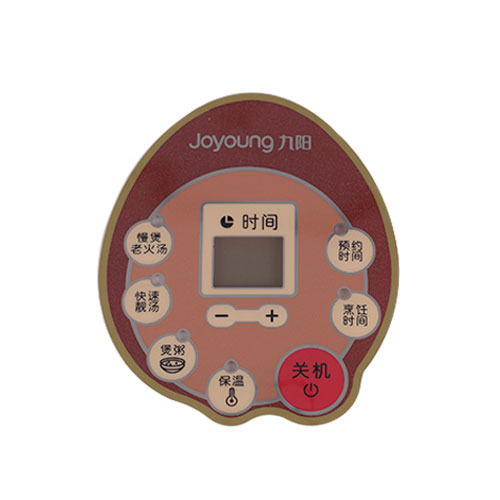Overlay is a versatile technique in digital art that allows artists to layer and combine various elements to create unique and visually appealing compositions. Whether it is used to add texture, depth, or special effects, overlay can elevate a digital artwork from ordinary to extraordinary. In this article, we will explore the versatility of overlay in digital art and how artists can use it to enhance their creative visions.
One of the most common uses of overlay in digital art is to add texture to an artwork. Overlaying textures, such as paper, fabric, or wood grain, can give a digital piece a more tactile and organic feel. This can be achieved by applying a transparent layer of the texture over the image and adjusting its opacity and blending mode to create the desired effect. For example, overlaying a crumpled paper texture on a digital painting can give it a vintage and vintage appearance, while overlaying a fabric texture can add a sense of softness and depth to a portrait.
Overlay can also be used to add depth and dimension to an artwork. By layering elements with different opacities and blending modes, artists can create a sense of depth that mimics the physical world. For example, overlaying transparent layers of clouds or fog can create a sense of depth in a landscape painting, while overlaying shadows or highlights can add volume and dimension to objects or figures. This technique can be particularly effective in creating atmospheric and surreal effects, as the overlapping layers can create a sense of mystery and ambiguity.

In addition to texture and depth, overlay can also be used to create special effects in digital art. By overlaying elements with different color tones or patterns, artists can create a wide range of visual effects, from subtle color shifts to vibrant patterns. For example, overlaying a gradient or color filter can create a dreamy or dramatic effect, while overlaying a pattern or texture can add visual interest and complexity to a piece. This technique is particularly popular in digital illustration, where artists can experiment with different overlay effects to create unique and eye-catching artwork.
Moreover, overlay can be used to blend multiple images seamlessly, allowing artists to combine different elements to tell a story or create a specific atmosphere. By overlaying images with different opacities and blending modes, artists can merge different scenes or objects together to create a cohesive and visually compelling composition. This technique is often used in collage art or photo manipulation, where artists combine different photographs or illustrations to create surreal or fantastical imagery. Overlaying images with different lighting or color schemes can create an otherworldly or ethereal effect, while overlaying images with different perspectives or scales can create a sense of depth and movement.
In conclusion, overlay is a versatile technique in digital art that allows artists to layer and combine various elements to create unique and visually appealing compositions. Whether it is used to add texture, depth, or special effects, overlay can enhance the creative vision of artists and elevate their artwork to new heights. By experimenting with different opacities, blending modes, and patterns, artists can unleash their creativity and create visually captivating and original artwork. So, next time you create digital art, don't be afraid to explore the versatility of overlay and see where it takes you.